Are you fascinated by religious architecture and history? Here are the must-see religious buildings in Portugal:
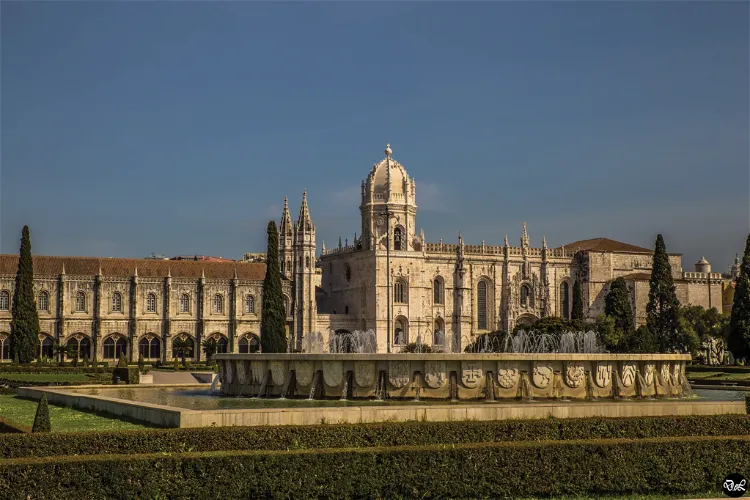
Jerónimos Monastery
LisbonThe Jerónimos Monastery, situated in the Belém district of Lisbon, Portugal, is a significant historical and architectural landmark. It was commissioned by King Manuel I and built by architect Diogo de Boitaca in the Manueline style, a Portuguese version of late Gothic architecture. The monastery was constructed to celebrate the return of the renowned Portuguese navigator Vasco da Gama, who discovered the sea route to India. This discovery marked a significant milestone in world history, opening up new trade routes and opportunities for exploration.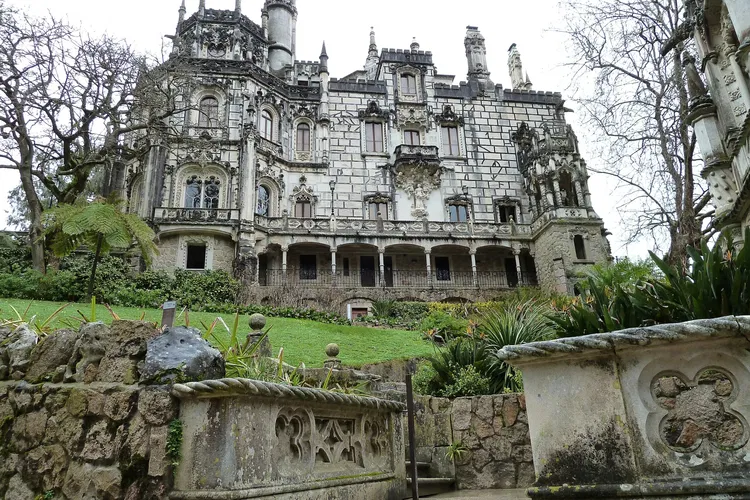
Quinta da Regaleira
SintraThe Quinta da Regaleira is an architectural complex located in the historic center of Sintra, Portugal. This city is recognized as a World Heritage Site by UNESCO, making it a significant location for cultural and historical exploration. The palace and gardens of Quinta da Regaleira were created by António Augusto Carvalho Monteiro with the help of architect Luigi Manini and cover an area of 4 hectares today.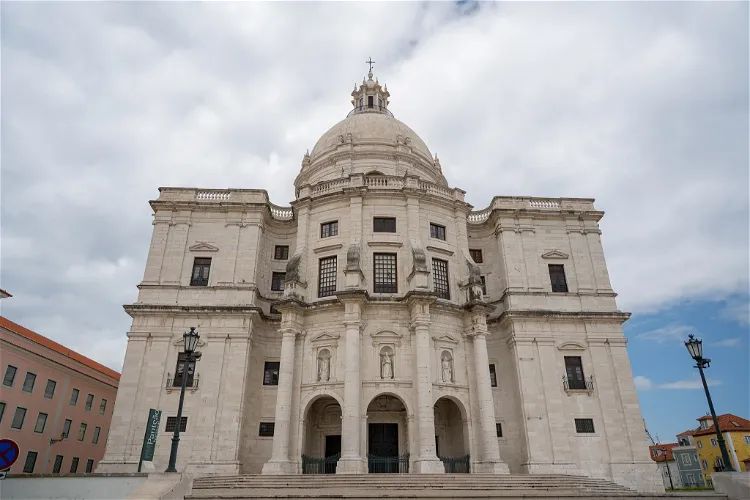
National Pantheon
LisbonThe Church of Santa Engrácia, a 17th-century monument in Lisbon, Portugal, serves as the National Pantheon. This historic site is the final resting place of many significant Portuguese personalities. Its location in the Alfama neighbourhood places it near another notable Lisbon monument, the Monastery of São Vicente de Fora.- Online discount!
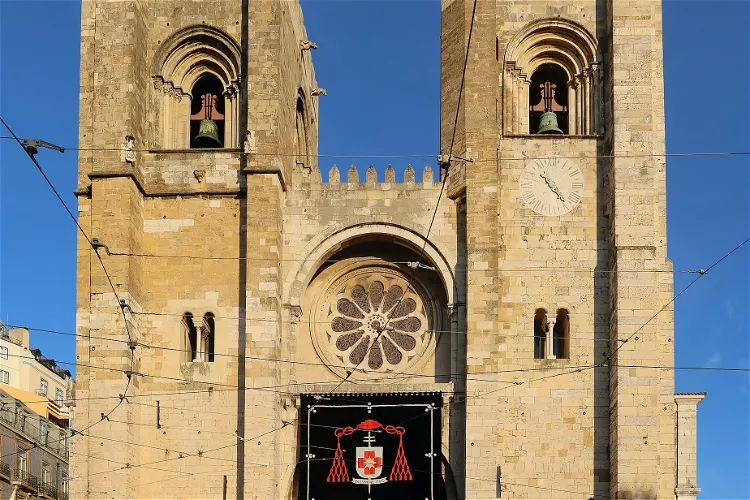
Lisbon Cathedral
LisbonSanta Maria Maior de Lisboa, also known as Sé de Lisboa, is the oldest church in Lisbon, Portugal. Its construction began in 1147 and has undergone several renovations. The cathedral has survived many major earthquakes, which is why it reflects different architectural styles today. This historical monument stands as a testament to the city's resilience and architectural evolution over the centuries. 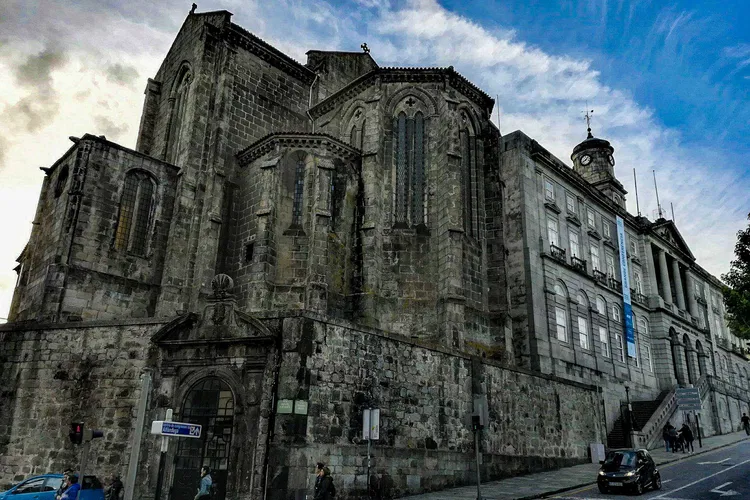
Church of São Francisco
PortoVisit this intriguing church built in the 14th century which mixes Gothic and Baroque influences into an interesting blend of styles. The interior boasts glamorous wood carvings that cover the stone structure of the church. The contrast between the plain façade and the richly decorated interior is s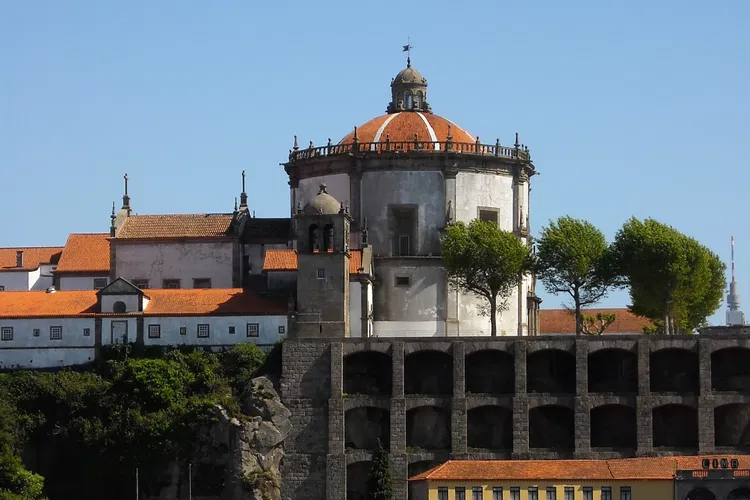
Monastery of Serra do Pilar
Vila Nova de GaiaThe Monastery of Serra do Pilar is a historical site located in Vila Nova de Gaia, Portugal. It is situated on the opposite side of the Douro River from Porto. This former monastery offers a unique perspective of the city and its surroundings.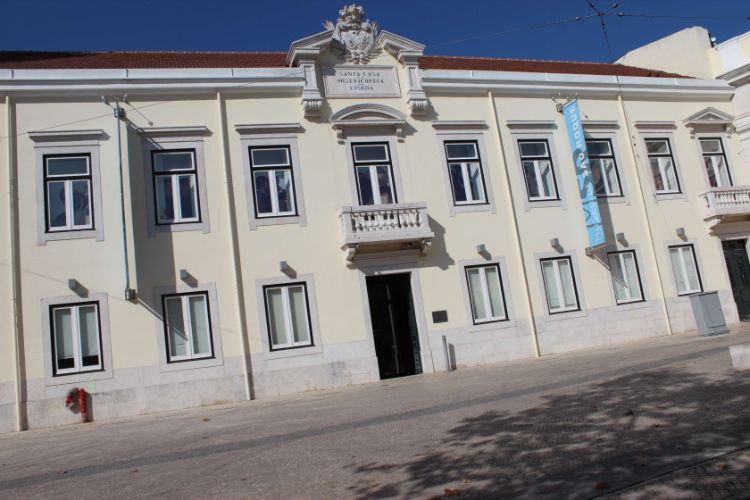
Church of Saint Roch
LisbonThe Church of Saint Roch is one of the earliest Jesuit churches in the world. Even though the exterior of this church is quite simple, its interior is elaborately decorated - it is a fusion of Mannerist and Baroque styles. The Church of Saint Roch boasts eight splendid chapels and three altars. One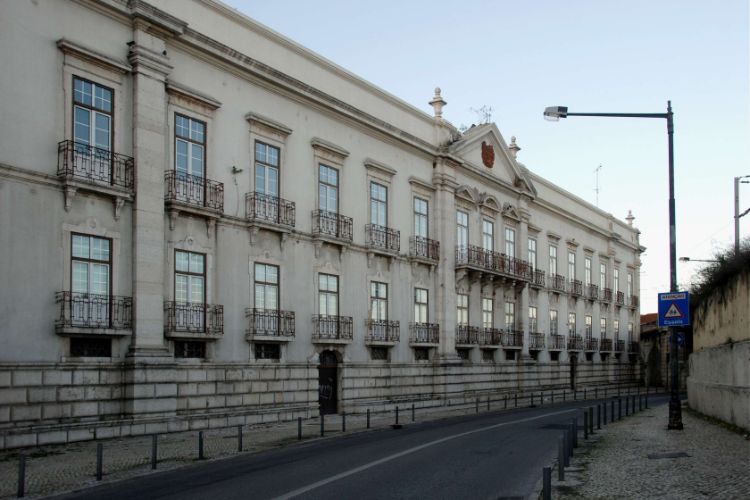
National Tile Museum
LisbonThe National Tile Museum in Lisbon presents the history of craft-making of decorative ceramic tiles, azulejos, popular in Spain and Portugal. The collection showcases evolution of this craft since the 15th century up to present days. Opened in 1965, it is housed in an ancient monastery, formerly kno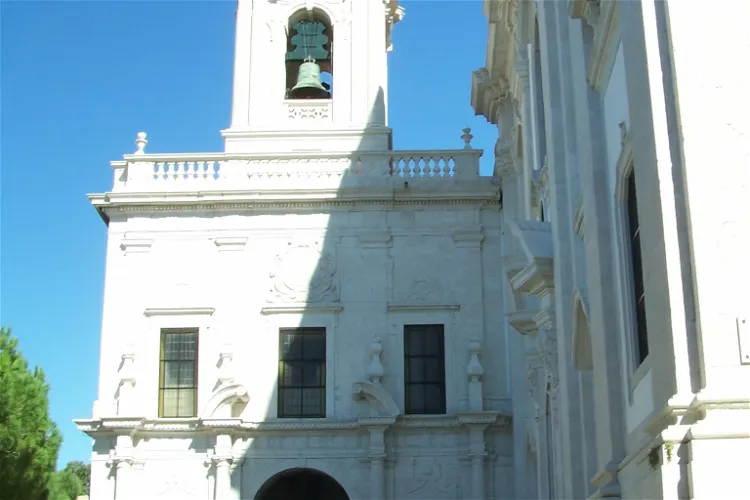
Church of Our Lady of Grace
LisbonThe Convent of Grace, a national monument in Lisbon, is situated in a location that offers panoramic views over the city and the Tagus River. This historic site belonged to the Order of the Hermits of Saint Augustine, also known as the Order of Saint Augustine, and was known as the Order of Gracians in Portugal. The convent dates back to the early days of the Portuguese nation, having been founded in the 13th century.